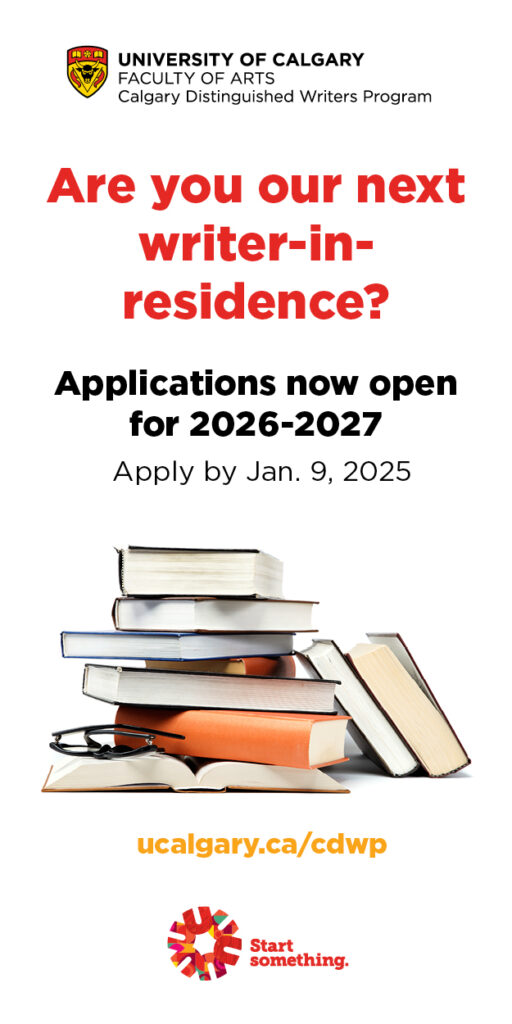As she reflects on her own sense of place, Lauren Beck points to Tom Longboat Junior Public School, in Scarborough, Ontario. “His connection with the city of Scarborough remains unclear,” she writes, suggesting her alma mater is just another example of how, when it comes to the history of Canadian toponymy, Indigenous names have been “appropriated in ways that nativized the settler-colonizer.” This is an astonishing and surely disingenuous claim, which she reiterates several times throughout Canada’s Place Names & How to Change Them.
Tom Longboat — the Onondaga distance runner and 1908 Olympian also known as Gagwe:gih — may not have hailed from the Greater Toronto Area originally, but his connection to it is hardly unclear: he won numerous races there, he was feted by large crowds there, he later lived and worked there, including as a municipal employee. Beck asks readers...
Kyle Wyatt is the editor-in-chief of the Literary Review of Canada.

